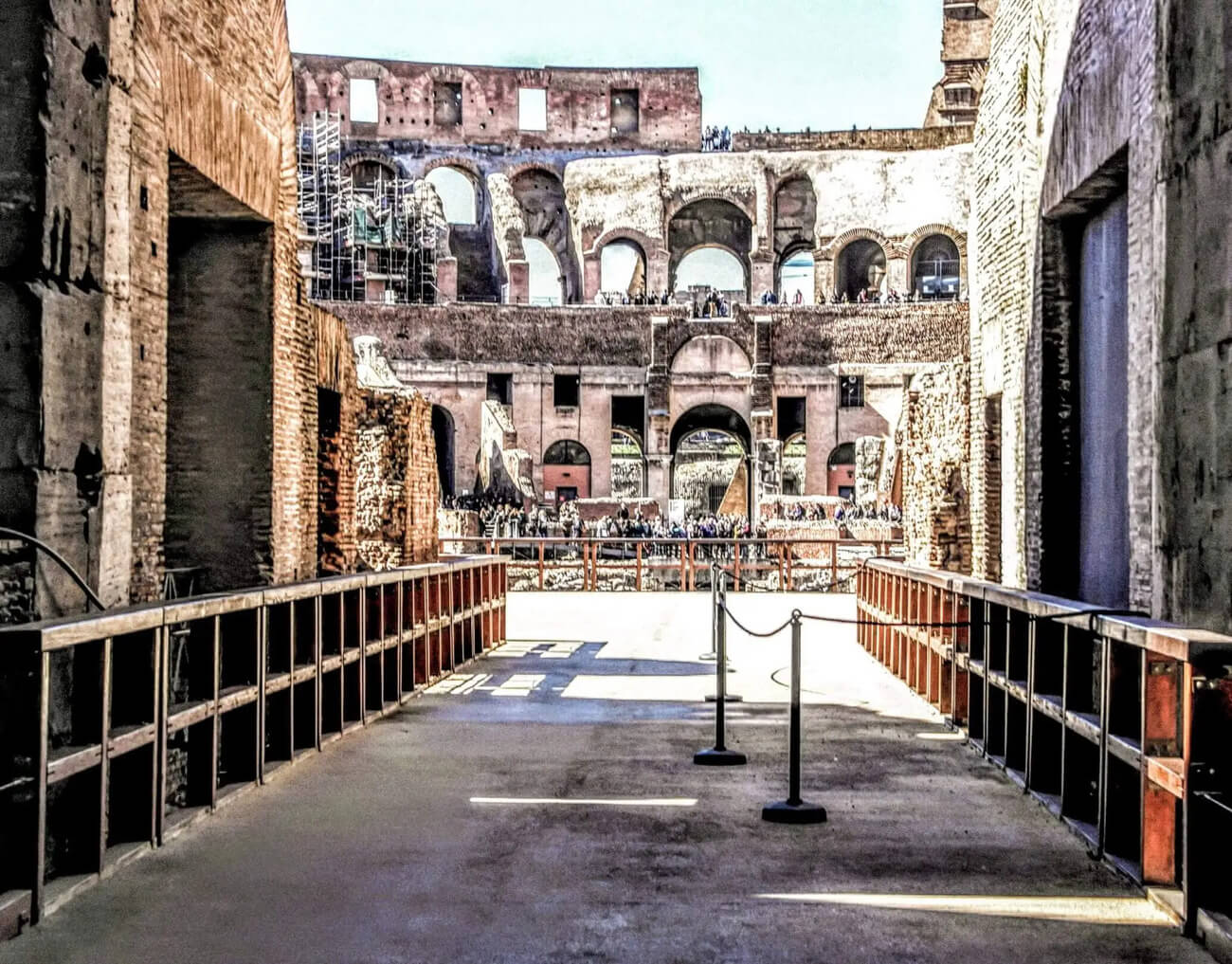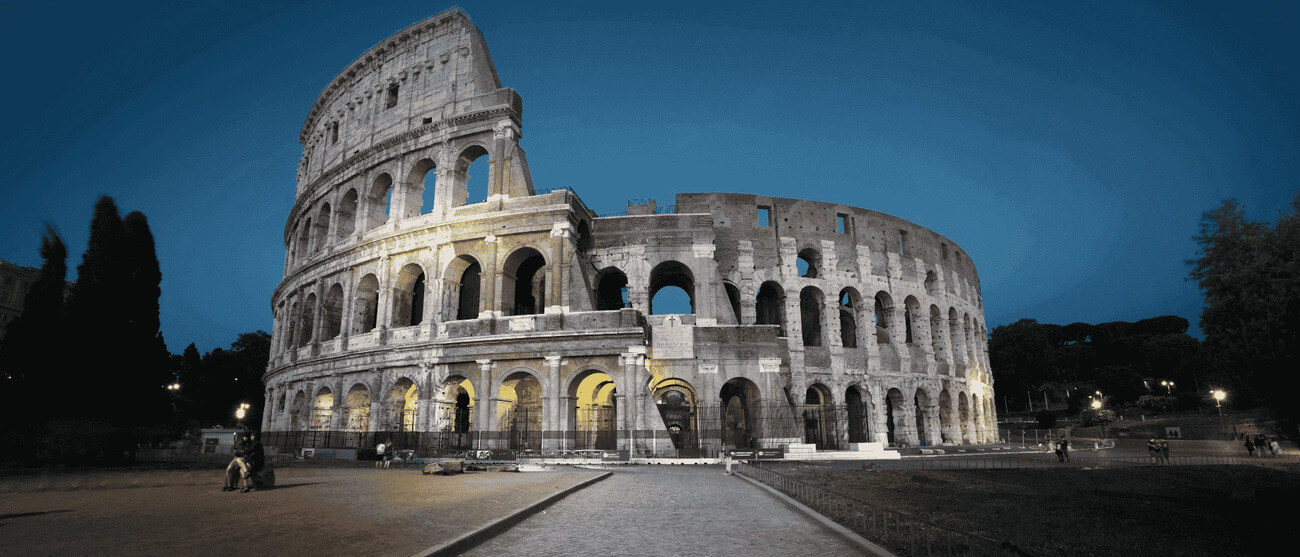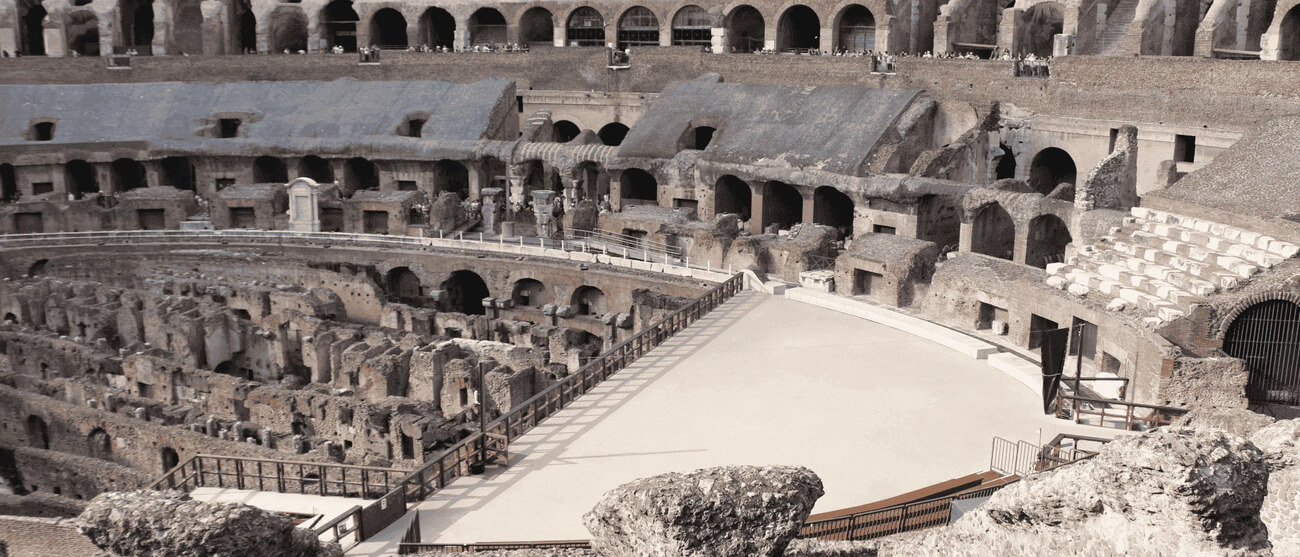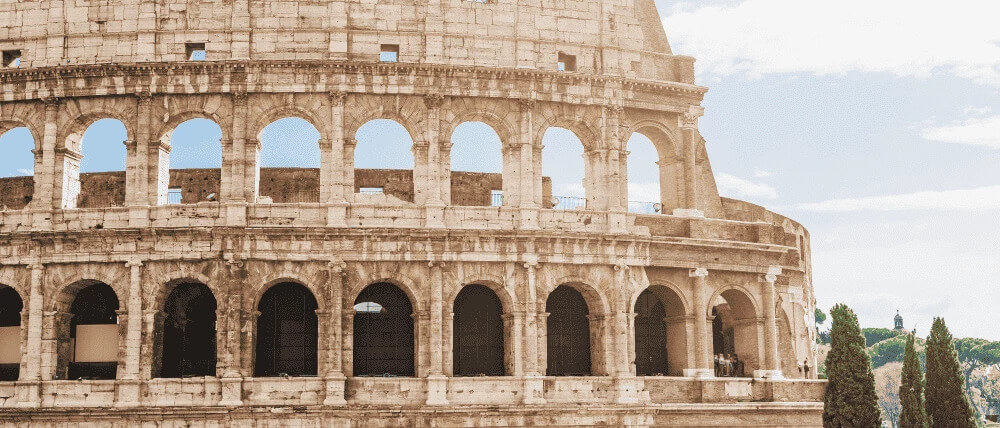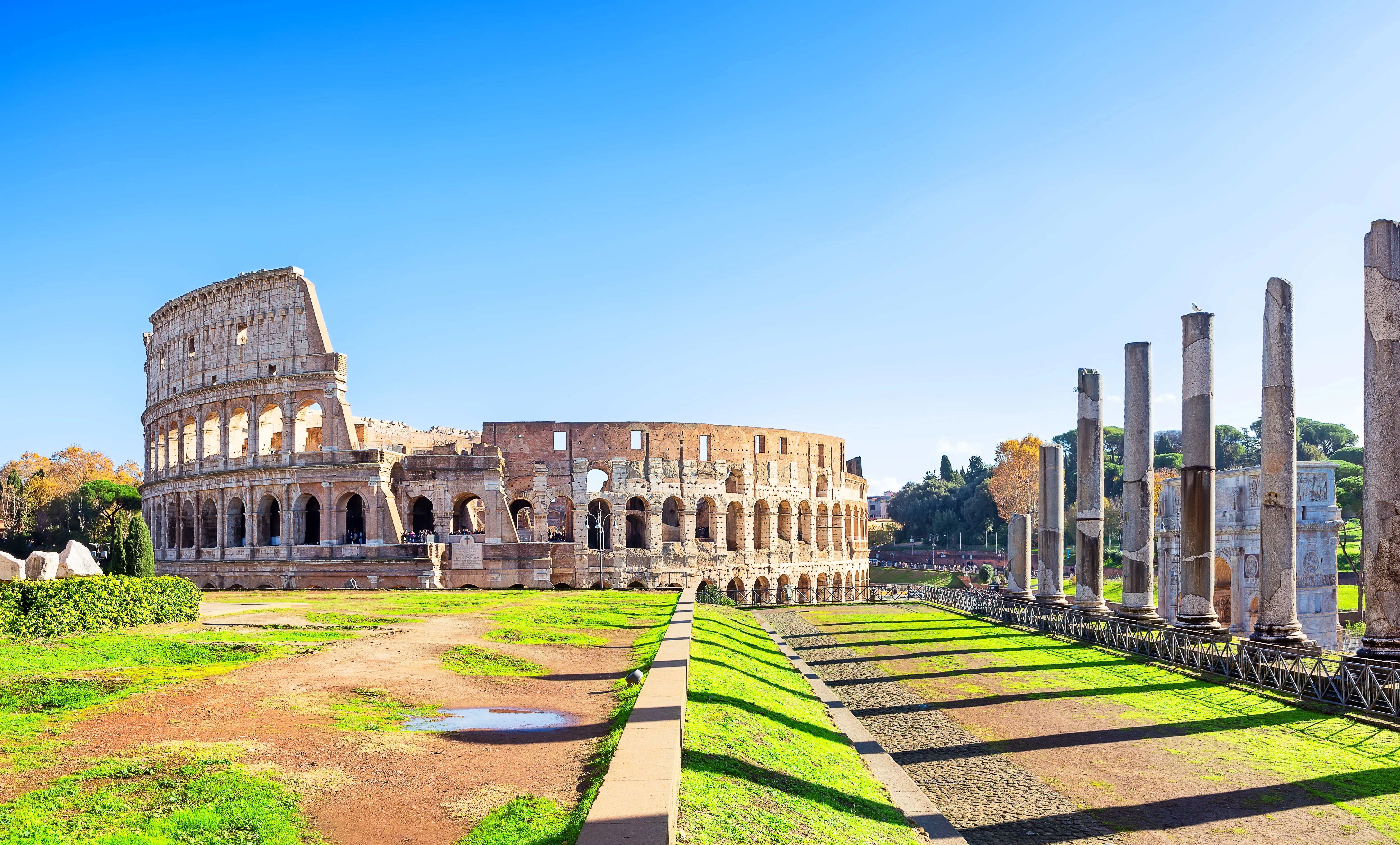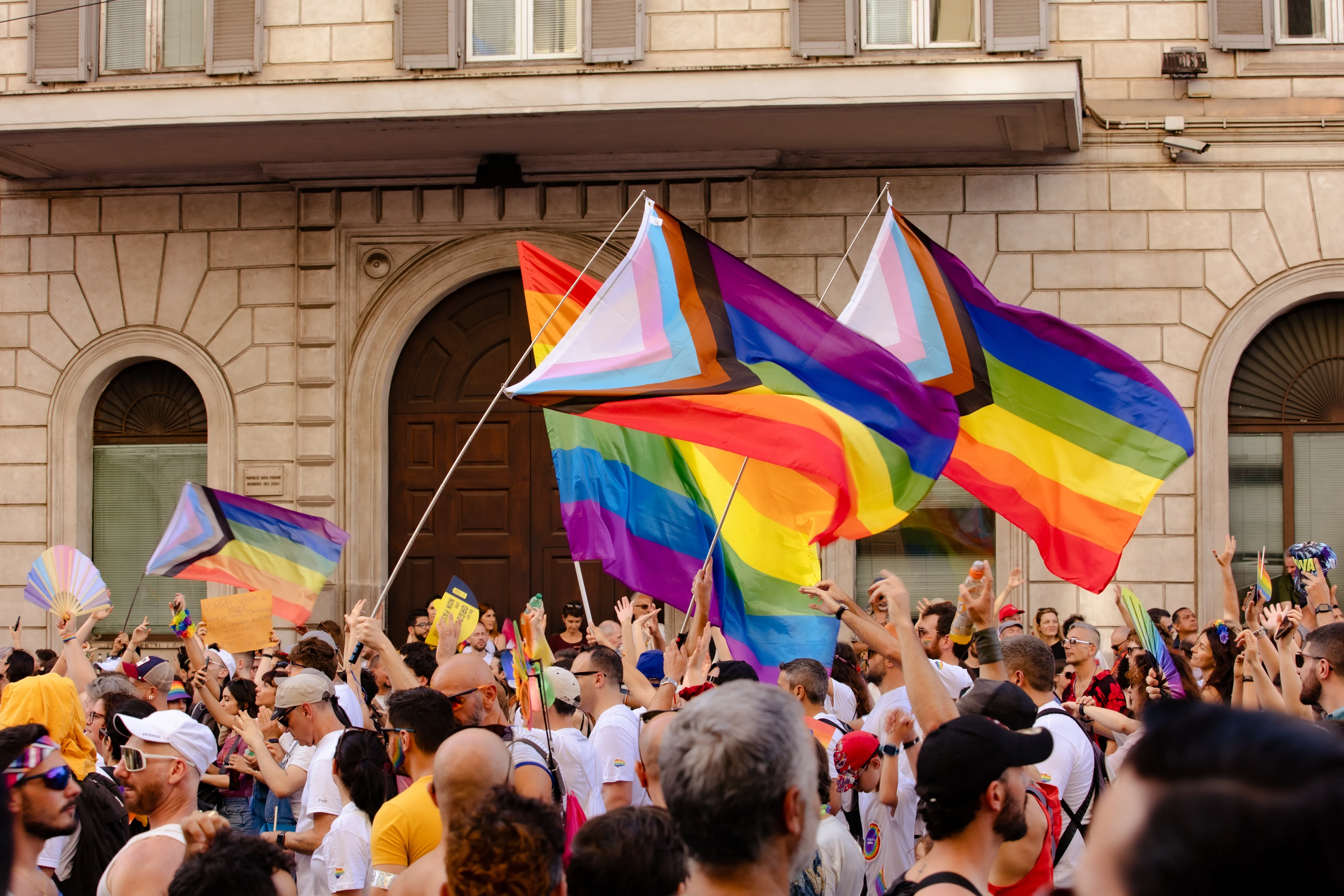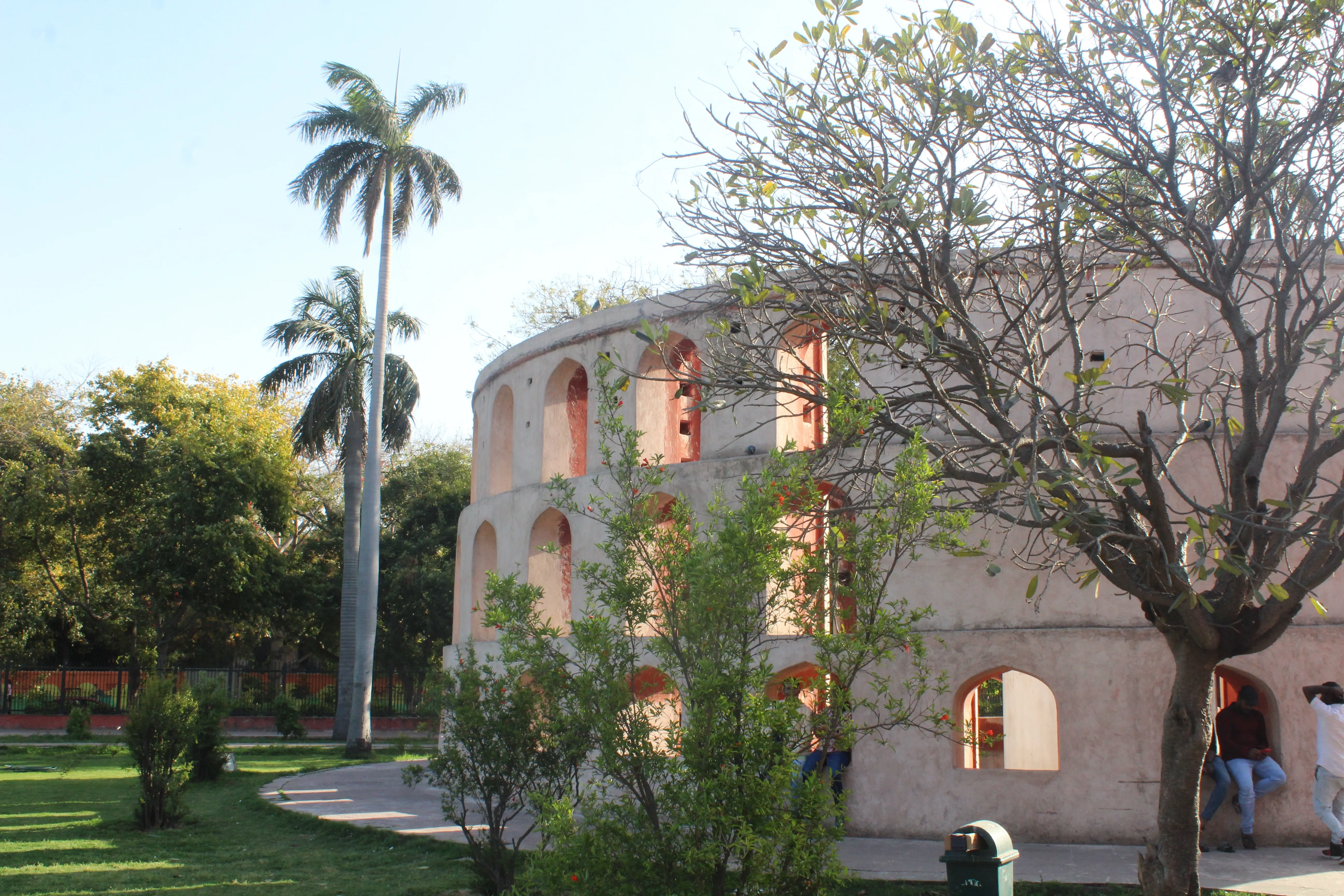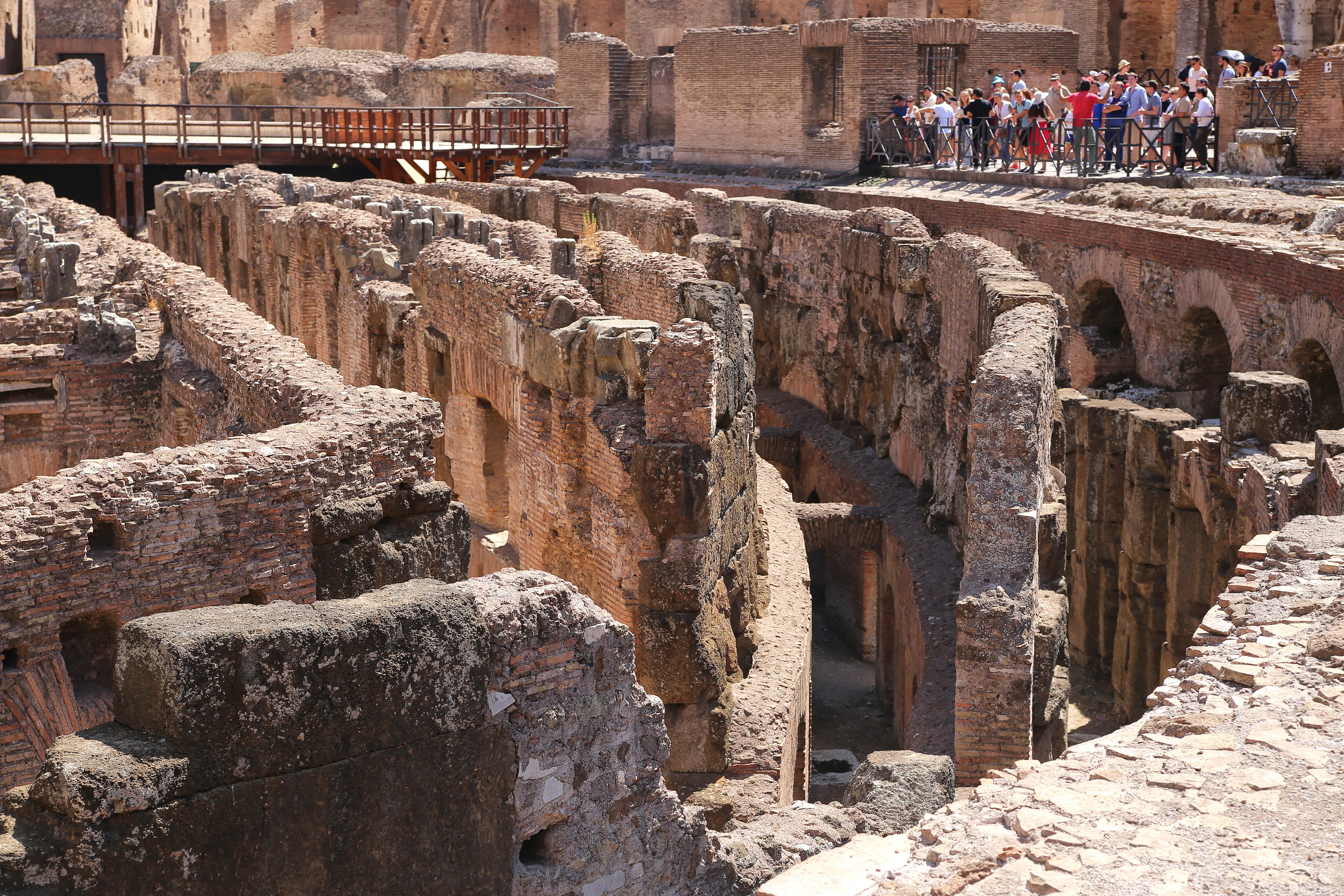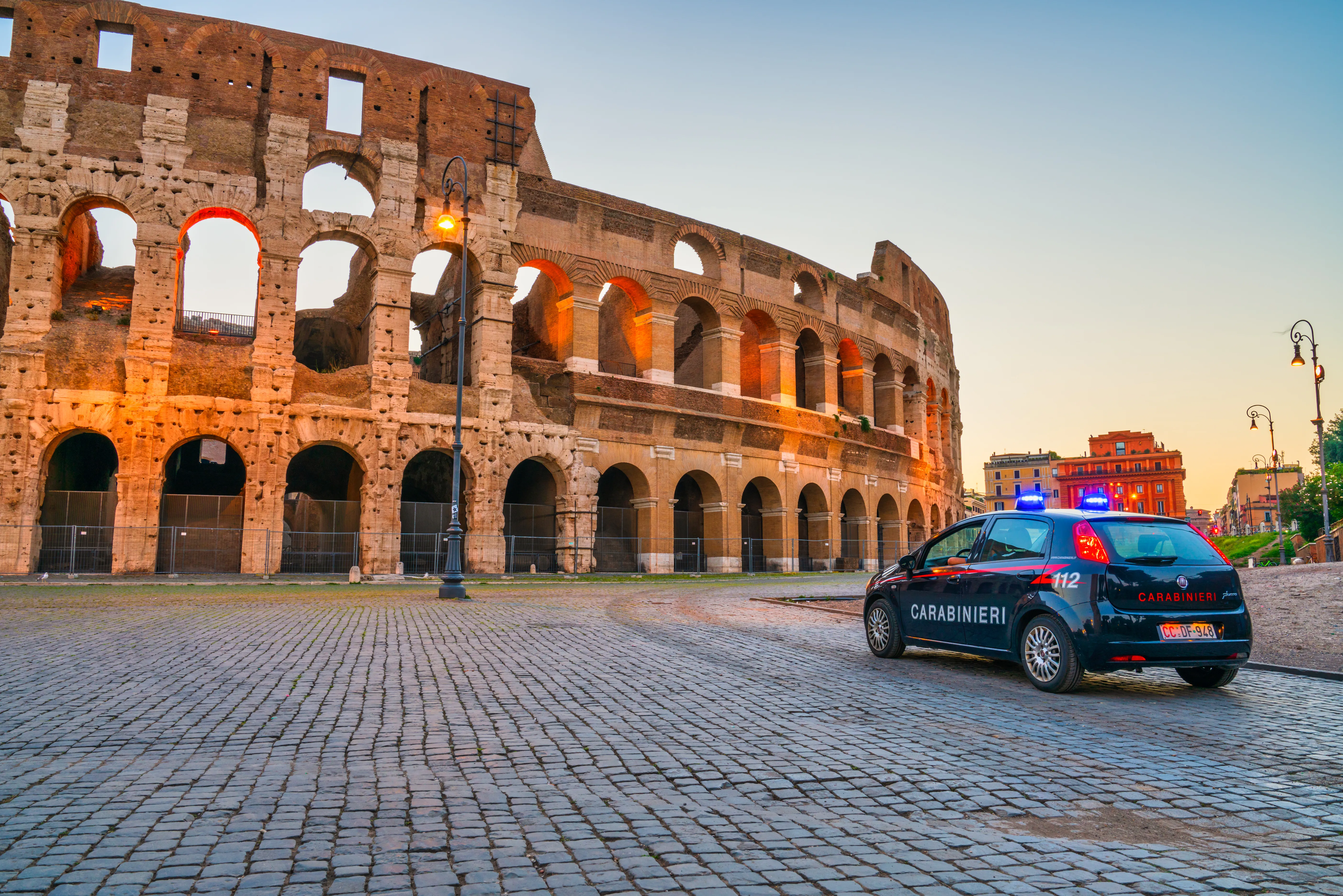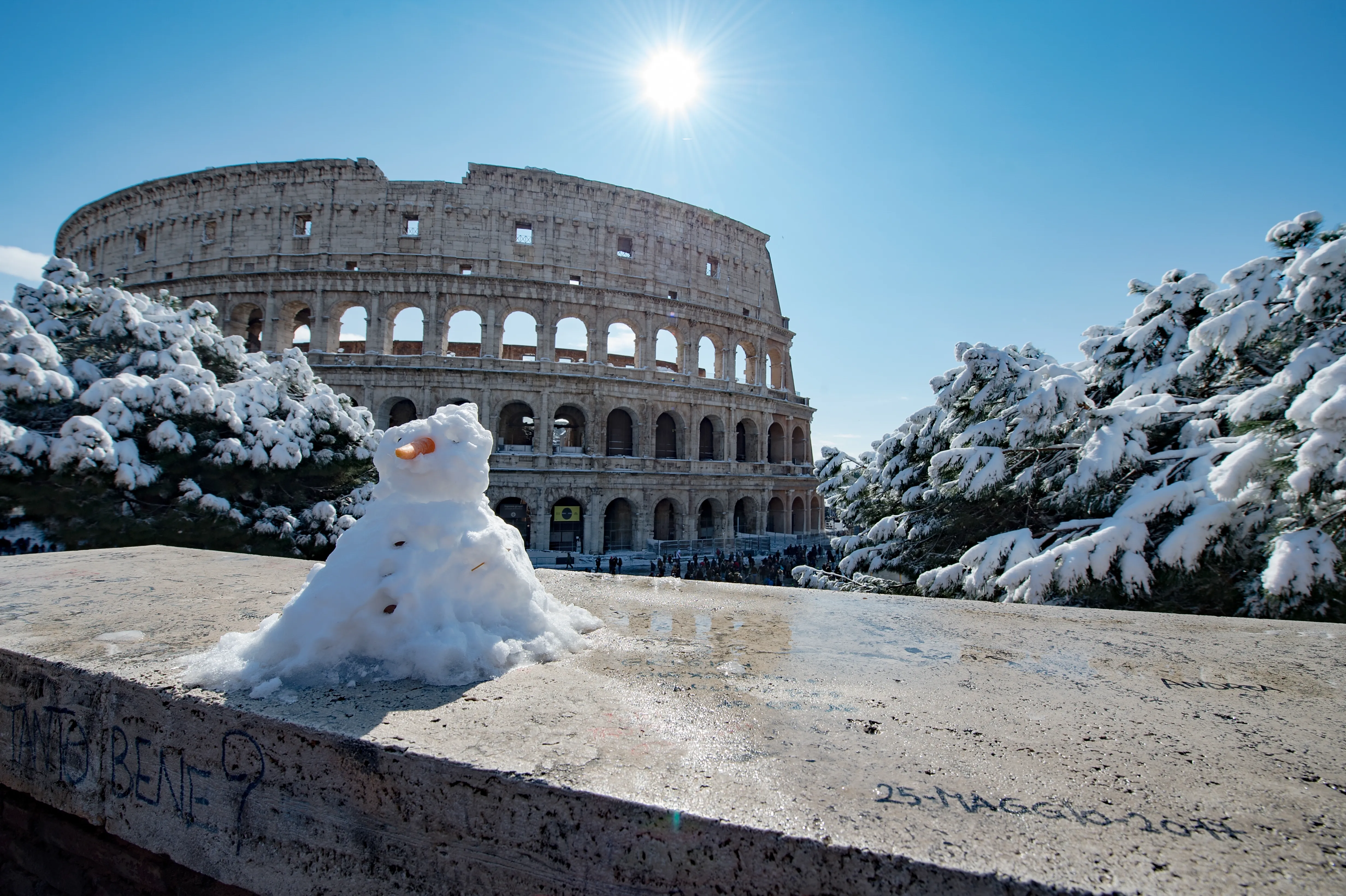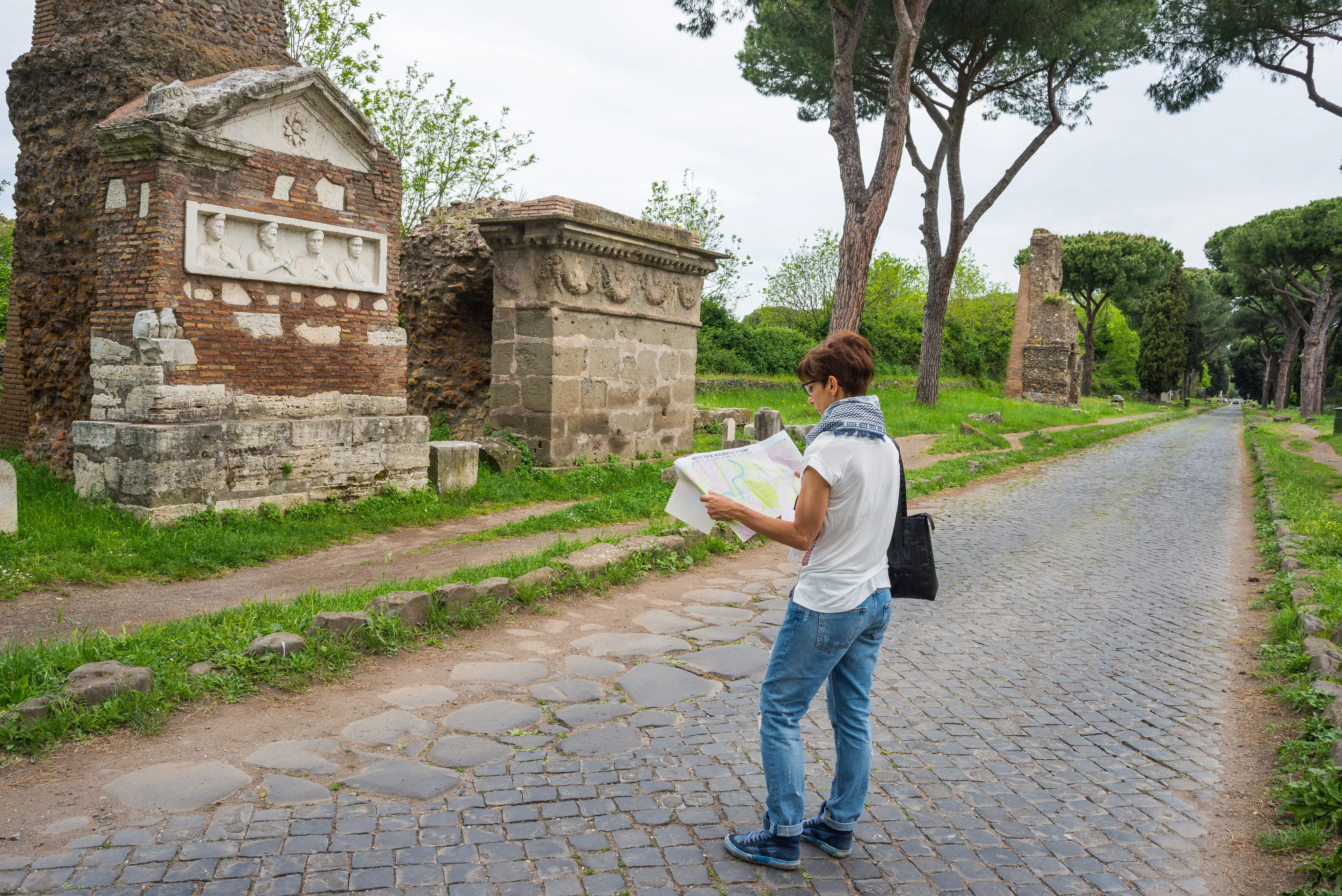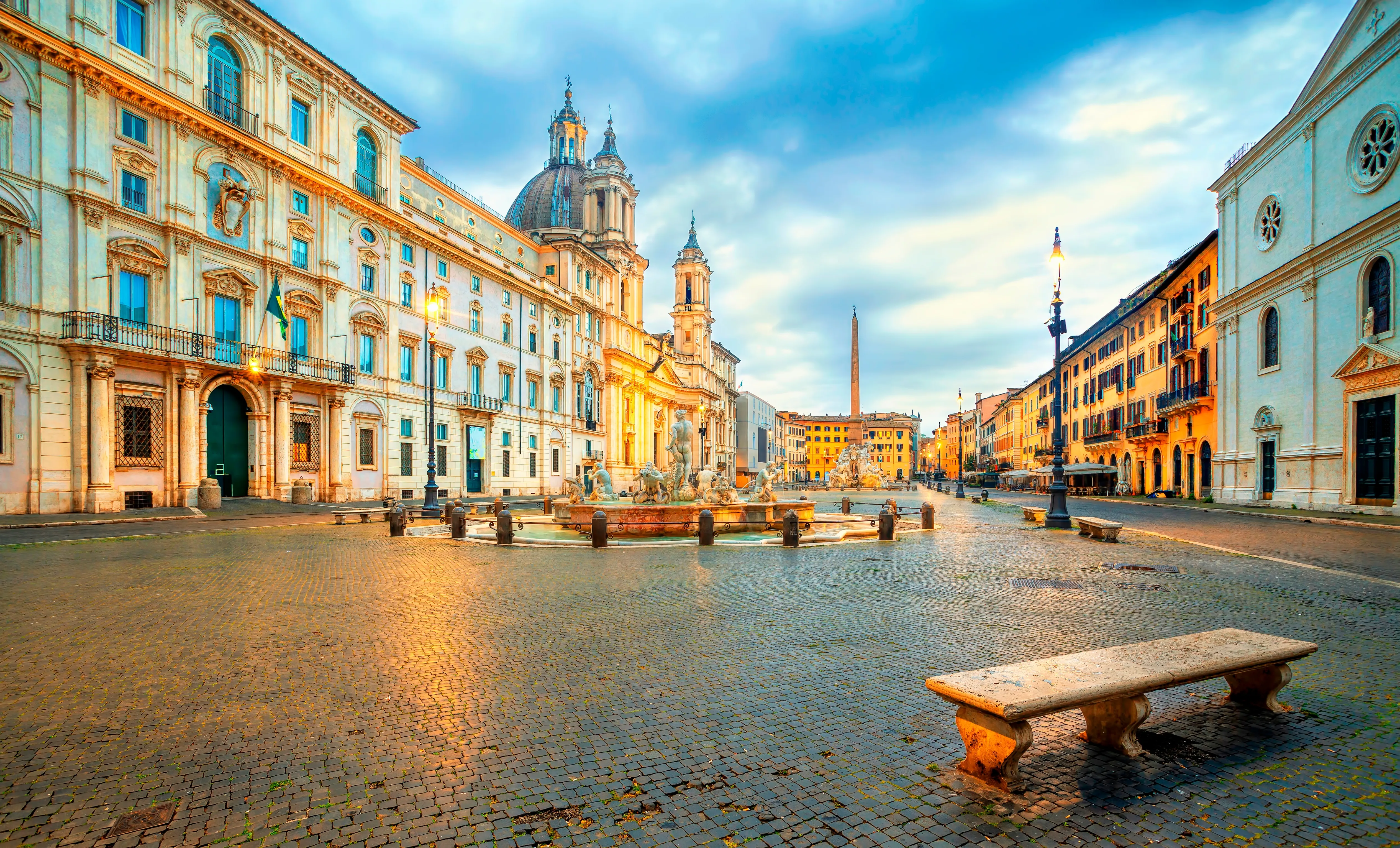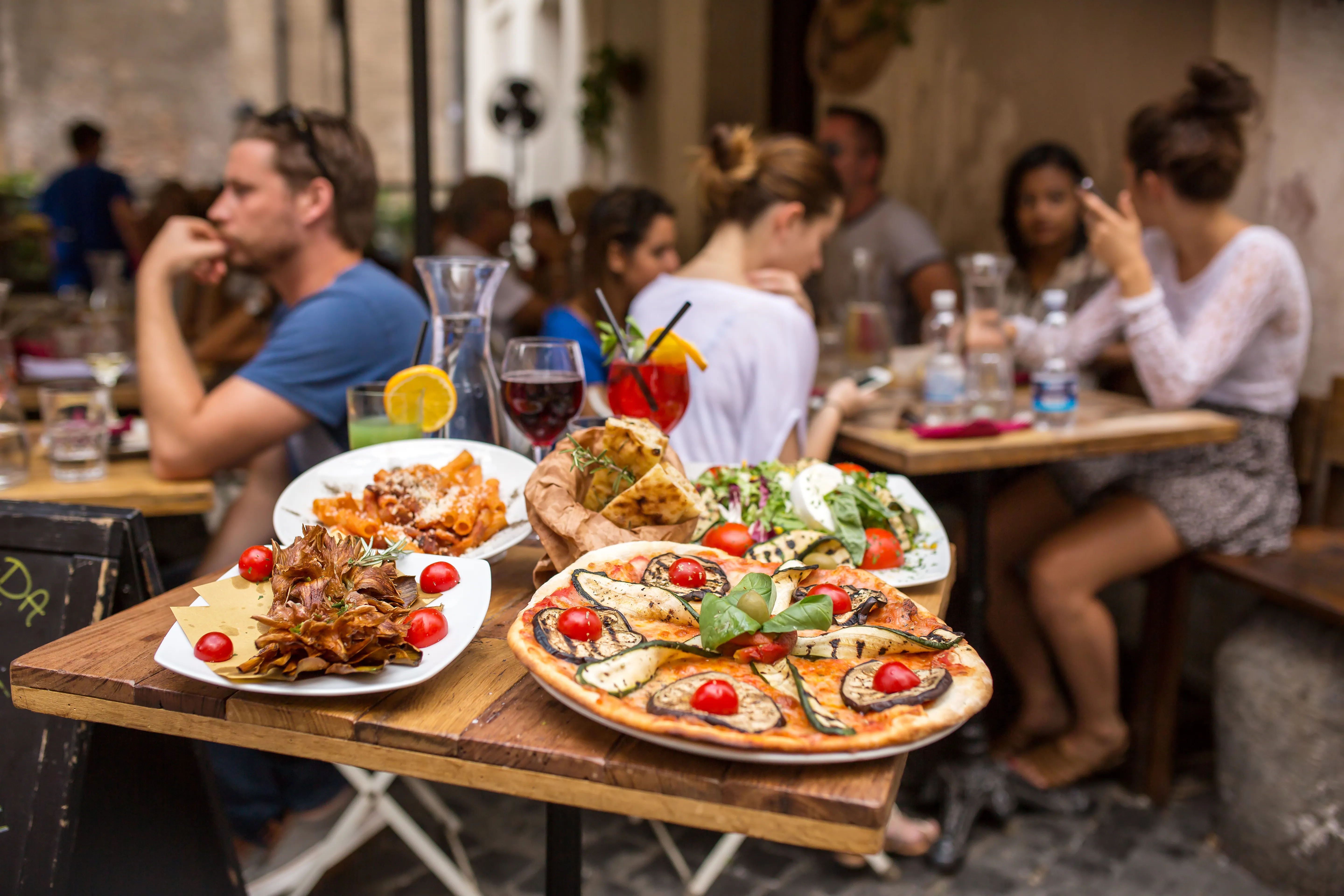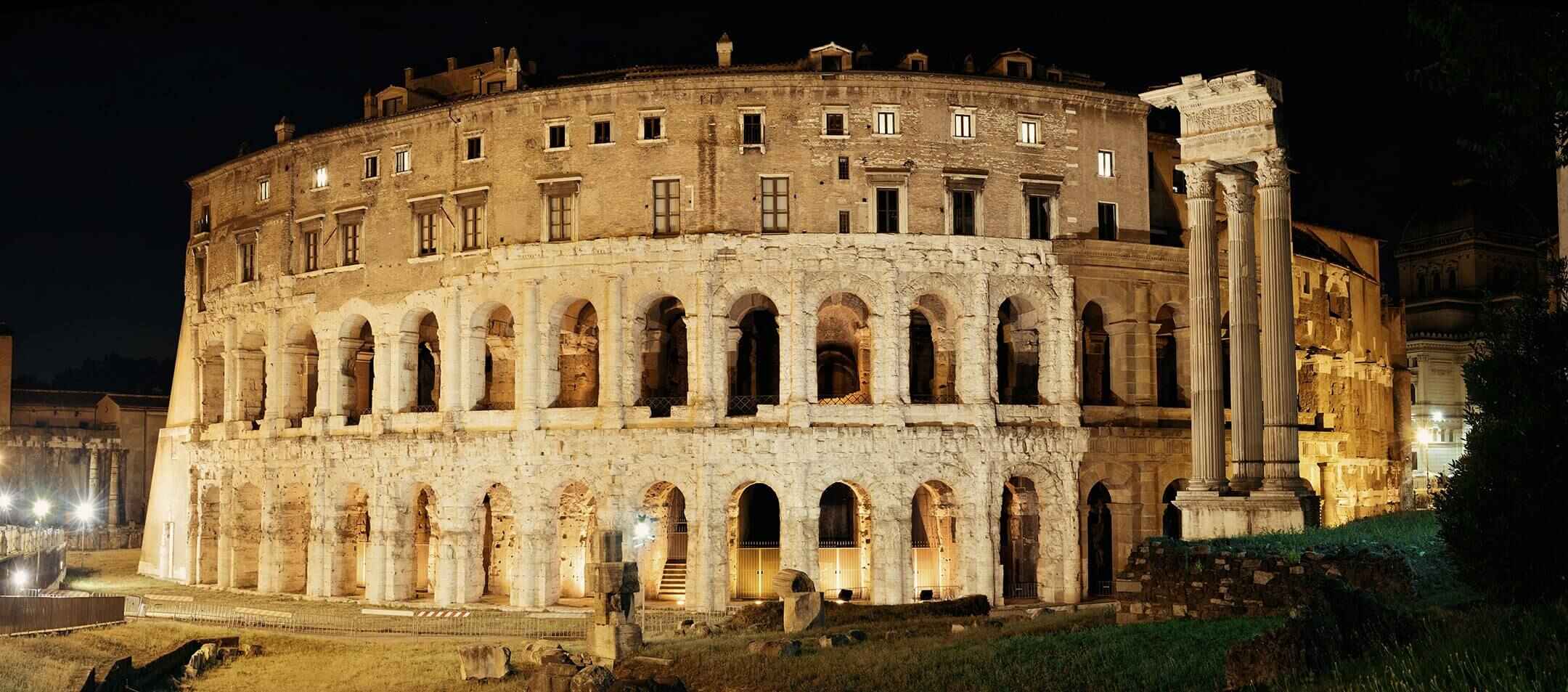
The Jewish Ghetto
Rome’s Jewish Ghetto is one of the most thriving and highly valued neighborhoods in the city, but it wasn’t always this way. The Jewish community has long been established in Rome and has survived centuries of mistreatment. Today, the bustling area is home to traditional bakers and restaurants that stand side by side with ancient Roman ruins and monuments to the struggle of the Jewish community during the Holocaust.
- A Historic Community: From Ancient Rome to the Ghetto Era
- Landmarks of the Ghetto: Synagogue, Teatro Marcello & Portico d’Ottavia

A Historic Community: From Ancient Rome to the Ghetto Era
One of the oldest Jewish communities outside of Israel, the Jewish people arrived as businessmen and diplomats and were a part of the Roman community. It wasn’t until the Reformation in the 16th century that Jews were segregated and confined to a 4-block area. The Italian unification of 1870 gave citizenship back to the Jewish people and saw plans for the Great Synagogue of Rome come to life.

Landmarks of the Ghetto: Synagogue, Teatro Marcello & Portico d’Ottavia
The Synagogue was completed in 1904 and is open to visitors for a small fee. The Jewish Ghetto is also home to many ancient sites, including the Teatro Marcello (often confused with the Colosseum). Construction on the theater was started by Julius Caesar and completed in 13 BC by the emperor Augustus. Also constructed by Augustus and named for his sister was the Portico d’Ottavia. This incredible ancient ruin is the backdrop to modern life as it sits beside bustling restaurants and cafes.
